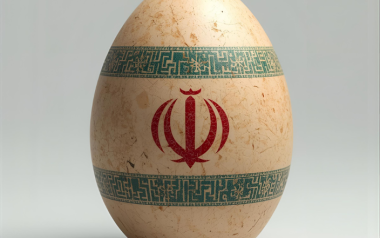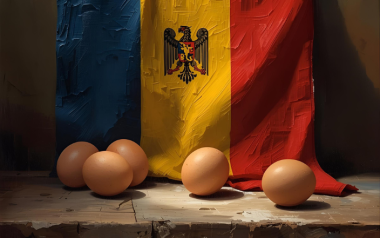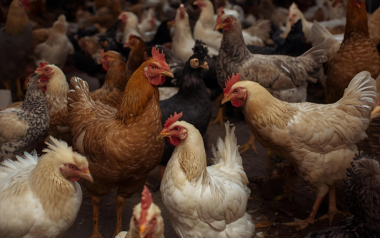The Turkish poultry sector is dependent on foreign supplies for feed, which is the main input cost for poultry operations (80 percent of the total expenditure).
06 Sep 2021
Turkey: Poultry and products annual report by USDA & GAIN
Content available at: العربية (Arabic)Despite the rapidly growing demand for chicken meat in Turkey due to the growing population, in […]
Available in other languages:
Content available at:
العربية (Arabic)
Despite the rapidly growing demand for chicken meat in Turkey due to the growing population, in 2022 chicken meat production is forecast to increase only three percent compared to 2021 to 2.23 million metric tons (MMT). In 2021, chicken meat production in Turkey is expected to grow slightly at 1.5 percent to 2.17 million metric tons (MMT) due to high feed prices and the closing of fast-food restaurants and hotels due to Covid-19 restrictions. Chicken meat production as of June 2021 is 1.3 percent less than during the same period in 2020. In 2020, Turkey produced 2.136 MMT of chicken meat.
Poultry production has not been efficiently growing since 2018 because of the currency depreciation against the U.S. dollar, high feed prices dependent on imports, lack of slaughterhouse capacity, the recent drought in Turkey, and the Covid-19 pandemic.
All of these events caused economic disruptions in the agriculture sector. Broiler production is the dominant chicken meat produced in Turkey and has 99 percent of the total production. More than half of total broiler meat production in Turkey is produced in Manisa, Balikesir, Sakarya, and Mersin.
On February 27, 2021, the Ministry of Agriculture and Forestry (MinAF) approved four soybean events and one corn event for feed as a result of the applications of the Turkish Poultry Meat Producers and Breeders Association (Besd-Bir).
Feed costs account for 80 percent of the total expenditure in poultry operations. Broiler feed production in Turkey has been increasing slightly since 2018, in line with a similar trend in overall production. On the other hand, feed production for laying hens has been decreasing with the trend line for overall egg production. In addition, the laying hens’ population has been decreasing after Iraq’s embargo on
TO CONTINUE READING REGISTER IT IS COMPLETELY FREE
Access to articles in PDF
Keep up to date with our newsletters
Receive the magazine for free in digital version
REGISTRATION
ACCESS
YOUR ACCOUNT
LOGIN
Lost your password?






































